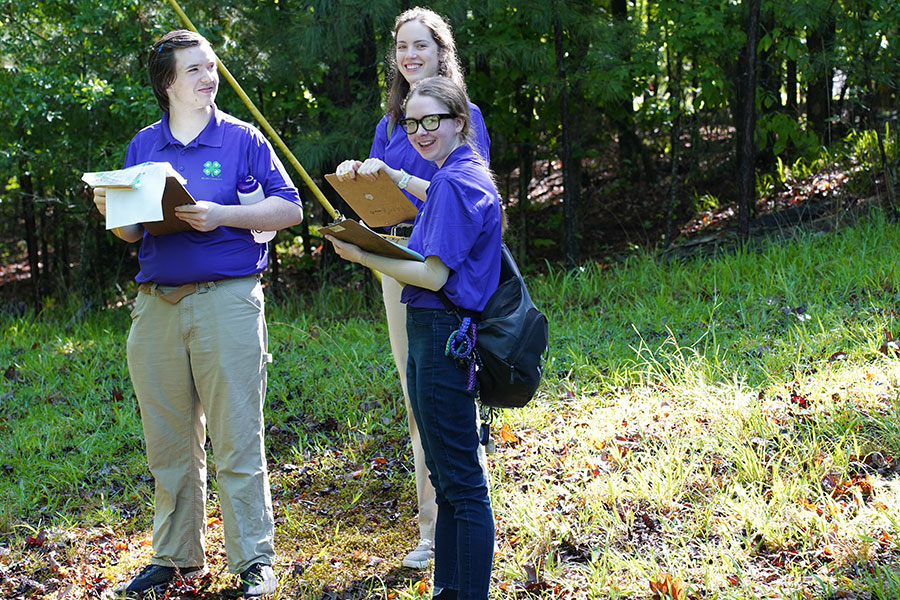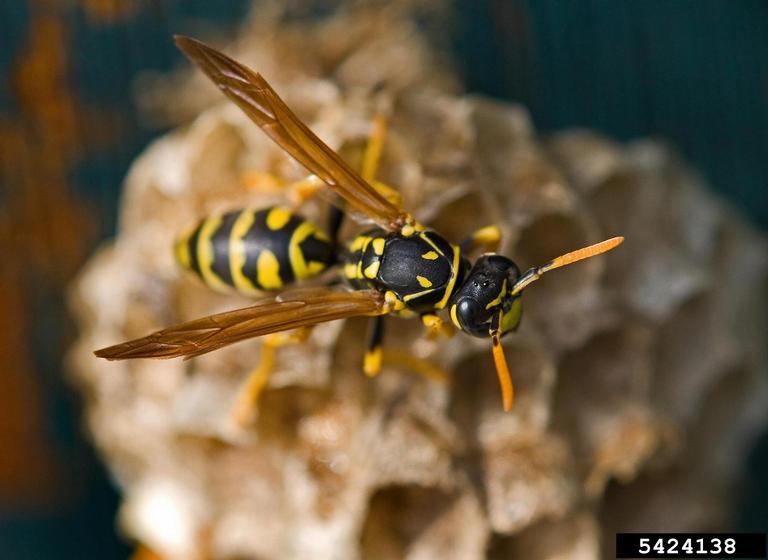By Bob Westerfield
University of Georgia
Yes, tradition, family and religion are involved, and they're important. But it doesn't hurt to look at a few alternatives that may go on pleasing your family long after the trimmings and wrappings are gone.
Leyland cypress has essentially taken over the field-produced Christmas tree market in Georgia. They're fast and easy to grow, and each one looks pretty darn similar to the next.
If you decide to stick with a traditional tree, consider buying a large, container-grown Leyland cypress. You can use it as your Christmas tree and then plant it after the holiday. Leyland cypresses can grow more than 75 feet tall, so be sure to give it plenty of space.
Options
Many other alternative plants can make excellent Christmas trees besides those you see commonly in the marketplace.You may have to think in terms of having a slightly shorter tree, because the larger container-grown plants can get expensive. This height issue can be addressed somewhat by putting the container plant on a small table or heavy, inverted flower pot.
Which nontraditional plants make good Christmas trees substitutes? The sky's the limit.
Evergreen hollies make excellent trees and provide the bonus of beautiful, red berries. Hollies will thrive in the landscape after the holidays, and you can cut the foliage cut each year for holiday decorations.
Among the hollies to look for are Nellie R. Stevens, Savannah holly, Foster's holly and Greenleaf (Ilex opaca).
Another possibility is Japanese Cryptomeria, or Japanese cedar. This tree has unique foliage and grows into a nice, pyramidal form. In the landscape, it can grow up to 60 feet tall with a 25-foot spread.
Be creative
If you don't mind stretching a little away from the traditional pyramidal form, there are other choices out there.Camellia japonica and Camellia sasanqua are wonderful blooming evergreens that thrive in moderately shady areas. If you buy a larger plant, you may be able to prune it into a shape that pleases you for the Christmas decor. These plants come in a large assortment of flower colors and blooming times.
With some imagination and a little work, even an evergreen vine can be your holiday tree this season.
You'll need to use a large pot, sink a post in the middle and then wire up a trellis system to wrap the vines around. You may need to buy several 1-gallon or larger vines to fill up the pot.
Vines to consider include Carolina yellow jessamine, Japanese honeysuckle, Lady Banks rose, Confederate jasmine and Vinca minor or major.
Many other common shrubs could become holiday trees with a little decoration. Arborvitae, Osmanthus fragrans, Burford holly and Cleyera japonica are just a few names to look at.
Some folks just need their traditional fix of a cut Leyland cypress, spruce or fir, and that's fine. If you'd like to see your holiday tree go on living after the season, though, give one of these alternatives a try.
(Bob Westerfield is the Cooperative Extension consumer horticulturist with the University of Georgia College of Agricultural and Environmental Sciences.)






